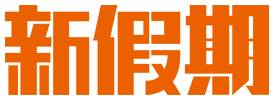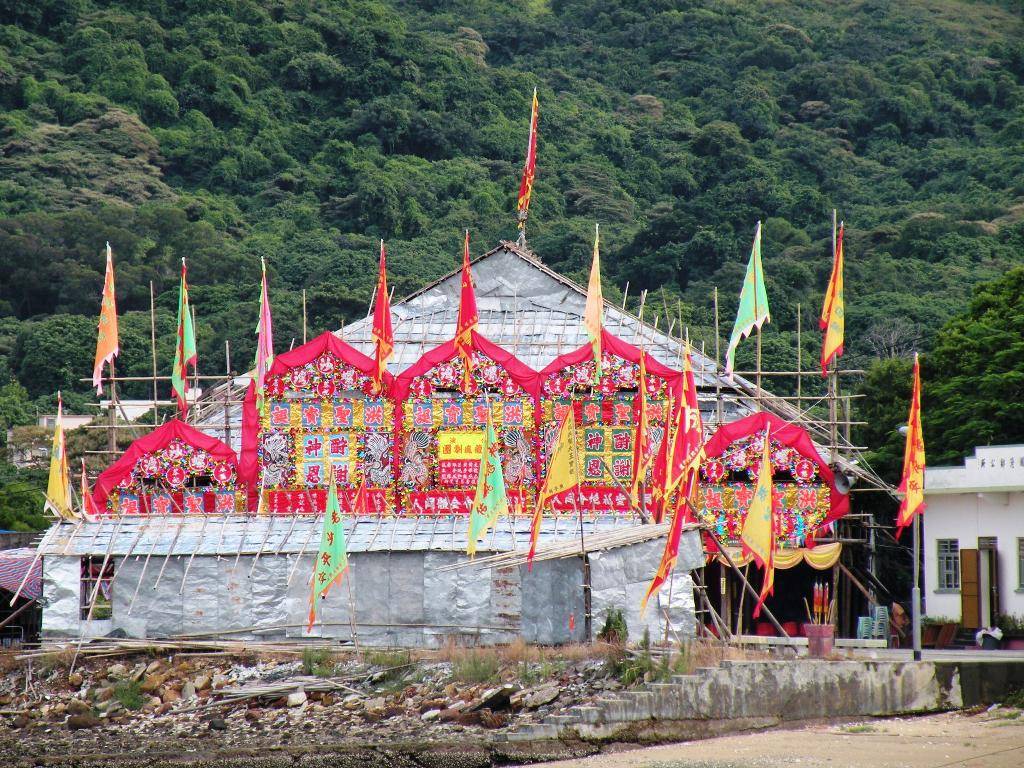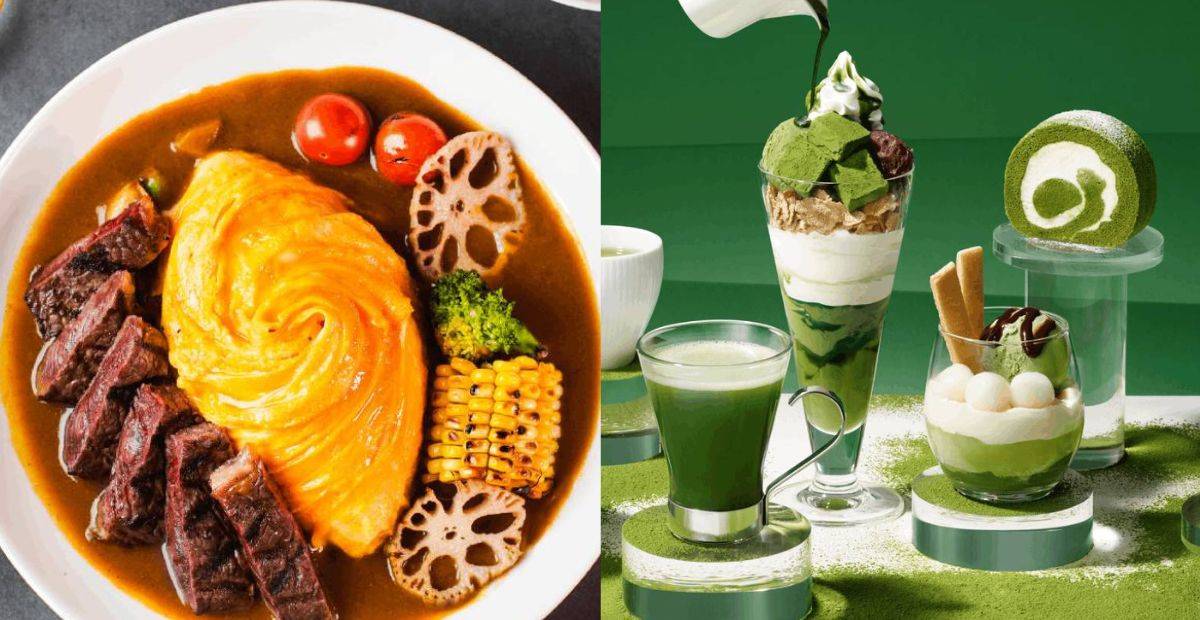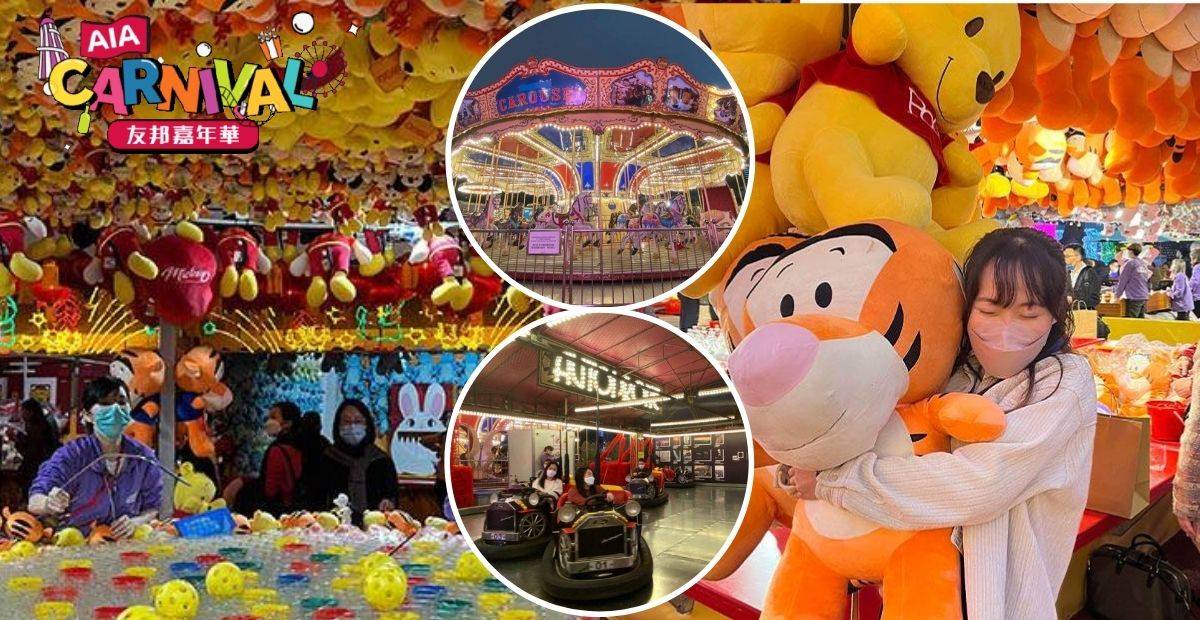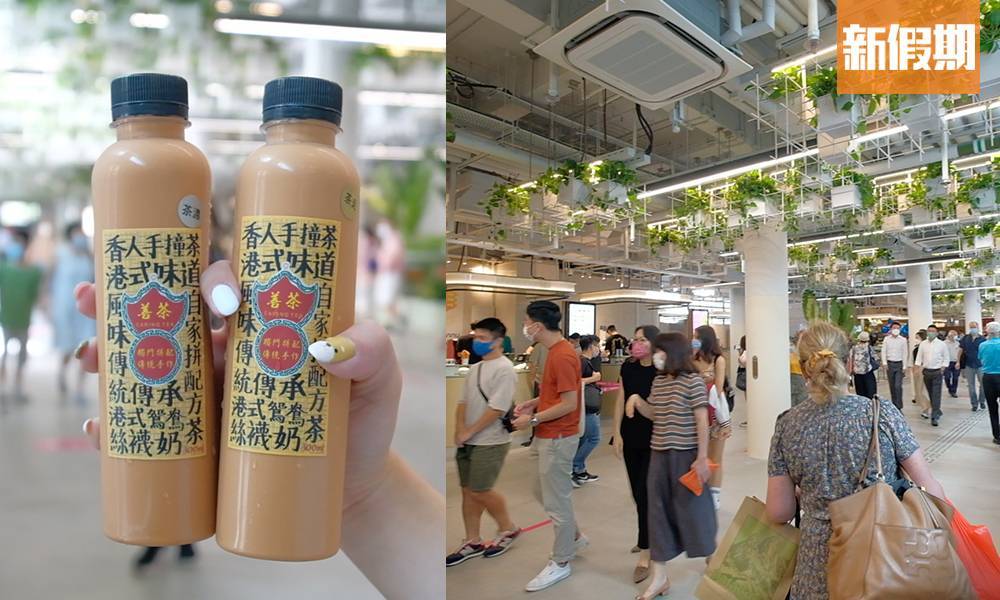Hung Shing Festival: God of the South Sea
Hung Shing Festival -洪聖誕
Hung Shing Festival| Areas
Hung Shing Festival | Date
Hung Shing Festival| Historical evolution
Hung Shing Festival| Events
Hung Shing Festival| Areas
Hong Kong/ No specific regions
Hung Shing Festival| Date
Lunar calendar, February 13th or another designated day.
Hung Shing Festival| Historical evolution
Hung Shing, also known as the South Sea God, Great King Hung Shing, Maoshou Great King, and Ba Gang Da Wang, is a water god in the southern region. The Nanhai Temple in Guangzhou was built in the 14th year of Emperor Wen’s reign during the Sui Dynasty (594 AD). It served as an official place for worshipping the South Sea God and witnessed the development of ancient Chinese sea god beliefs. Since the Tang Dynasty, Hung Shing has been repeatedly conferred titles by emperors. In the Tang Dynasty, he was titled “Guangli Wang” (King of Broad Benefits), and in the Northern Song Dynasty, he was further titled “Hong Sheng,” known as “Nanhai Hong Sheng Guangli Wang.” He was later conferred with titles such as “Zhao Shun” and “Wei Xian.”
Located at the mouth of Pearl River, Hong Kong was a fishing port hundreds of years ago. In order to pray for smooth maritime activities, it had rich beliefs in sea god worship. Hung Shing is one of many deities worshipped there. Currently, Hung Shing temples can be found throughout Hong Kong Island, Kowloon Peninsula, New Territories and outlying islands; most were built after Hong Kong’s return to China during Qing dynasty restoration period.
Hung Shing Festival| Events
Most of the Hung Shing Festival’s congratulatory activities are organized by temple groups, neighborhood committees, or village committees. These activities include worshiping gods, setting off firecrackers or competing for firecrackers, performing divine opera on temporary stages, parades, and Taoist rituals.
Divine Opera
The organizing committee usually sets up a stage outside the Hung Shing Temple to perform Cantonese opera. The scale of the performance depends on the budget allocated for that year’s activities. Before the show starts, the organizing committee invites Hung Shing to watch the opera from the temple. The repertoire includes plays such as “The Grand Seal of Six Kingdoms,” “Celebrating Longevity and Delivering Children,” “Returning Robes and Gold Powder,” as well as other short skits.
Setting off Firecrackers or Competing for Firecrackers
During the Hung Shing Festival, competing for firecrackers is a significant activity. It used to involve shooting bamboo sticks into the sky and catching them, but due to conflicts, it has been replaced with drawing lots or divination cups. In some places like Ho Sheung Heung Village, participants still compete to grab falling bamboo sticks and celebrate with lion dances.
Parades
In some places like Ap Lei Chau during Hung Shing Festival celebrations, there will be deity processions bringing blessings to the local community. The organizing committee carries palanquins containing Hung Shing’s statue through streets and alleys, accompanied by dragon dances and lion dances along the way.
Taoist Rituals
Some Hung Shing Festivals, such as in Kowloon City’s Kiu Tsui Village, hold Taoist rituals called “Tai Ping Ching Jiu.” The organizing committee hires Taoist priests or ritual masters to perform various ceremonies at the Hung Shing Temple including altar setup, morning assembly, consecration of deities, water purification rites, passing through barriers ceremony, and ancestral worship ceremonies.
Who is Hung Shing?
Hung Shing is revered as the “God of the Sea” in Chinese mythology and is believed to protect fishermen and bring good fortune.More Details
Where is the Hung Shing Festival celebrated?
The Hung Shing Festival is primarily celebrated in Hong Kong, but it is also observed in other maritime regions with significant Chinese communities.More Details

